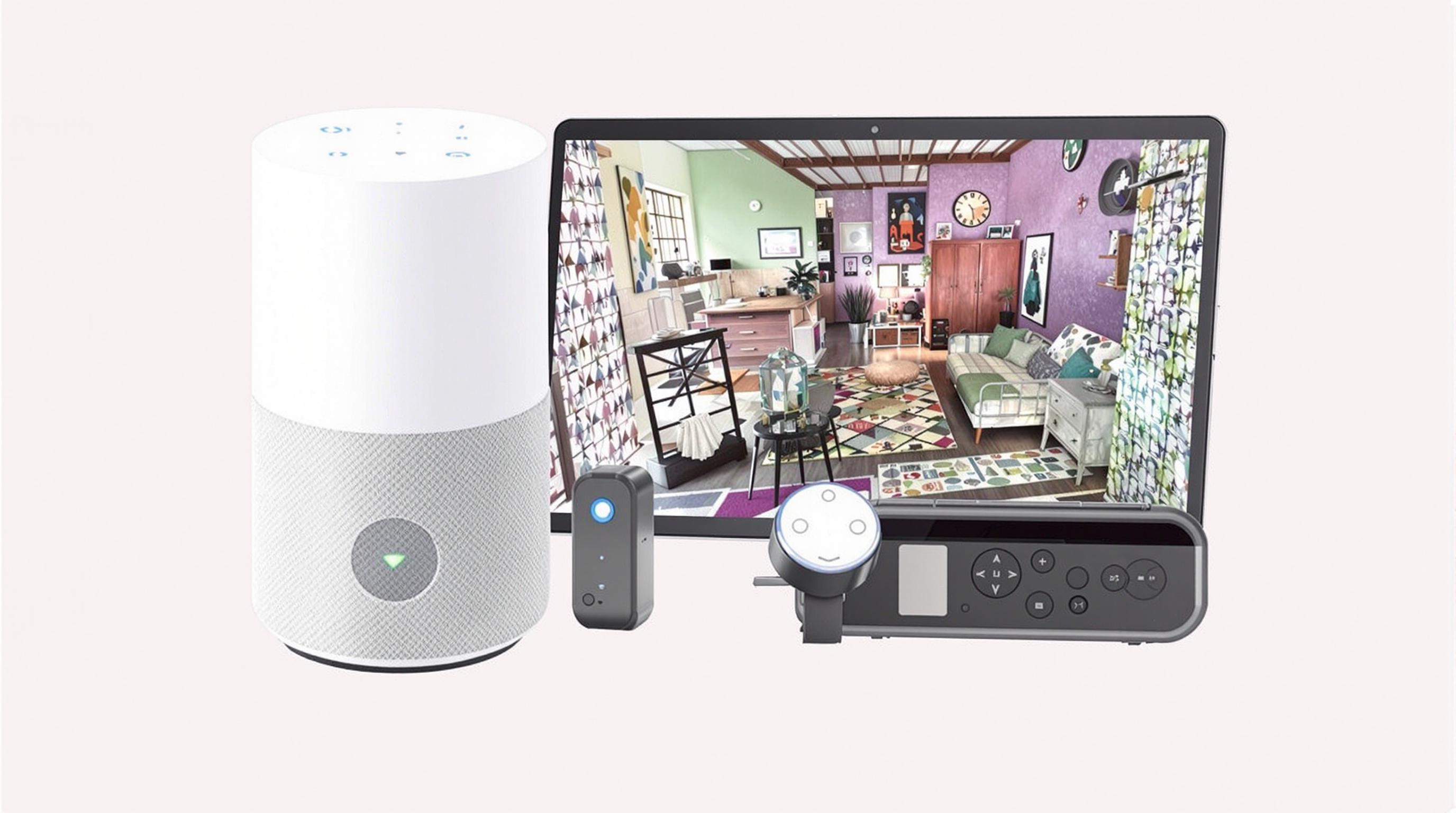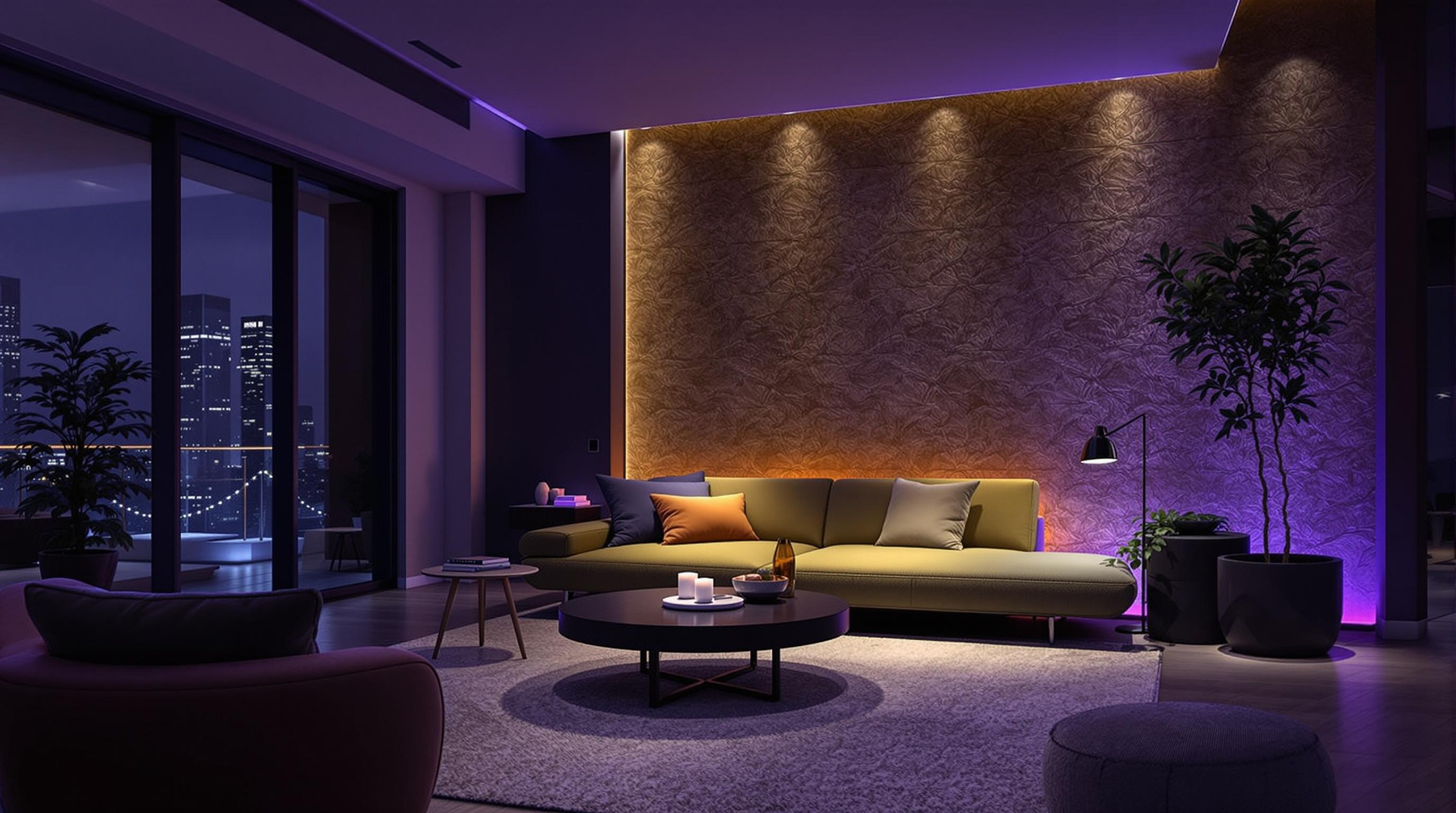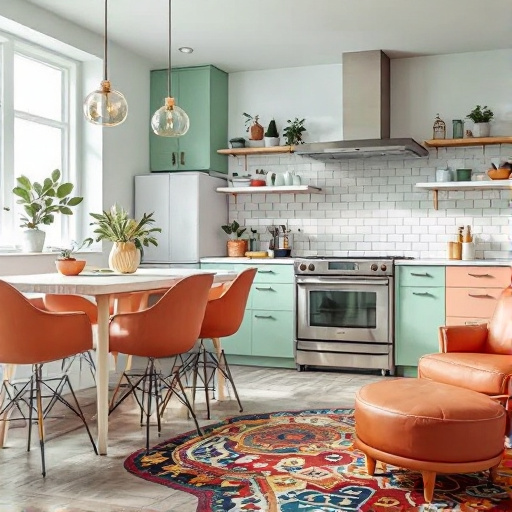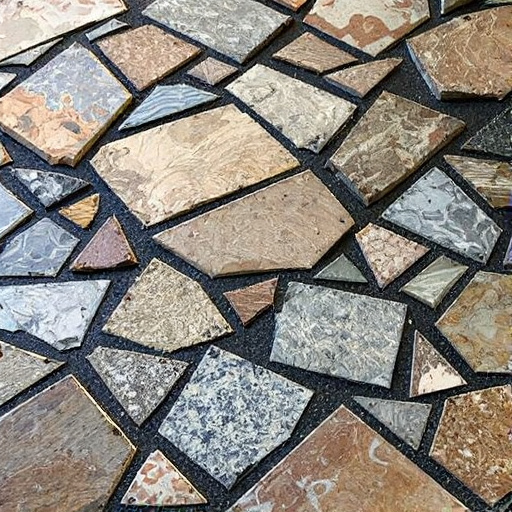Featured Articles
- Could Your Home's Feng Shui Be Affecting Your Renovation Success? Unlock the Hidden Energy Forces!
- "Eco-Remodeling: Unusual Materials Transforming Home Renovation in Sustainable Ways"
- Revamping the Past: How Retro Home Improvement Trends are Making a Comeback in Modern Design
- "Reviving Retro: How Vintage Home Products Are Making a Bold Comeback in Modern Makeovers"
- The Rise of Biophilic Design: Transforming Homes into Natural Retreats for Mental Wellness
Transforming Spaces: The Surprising Rise of Biophilic Design in Urban Tiny Homes
Transforming Spaces: The Surprising Rise of Biophilic Design in Urban Tiny Homes
Biophilic design is revolutionizing urban tiny homes by creating spaces that harmonize with nature, enhancing both tranquility and functionality. This article delves into the unexpected rise of biophilic elements in these compact dwellings, exploring diverse perspectives, innovative examples, and the profound impact on urban living.
Understanding Biophilic Design
At its core, biophilic design is the concept of incorporating natural elements into man-made environments, intending to improve well-being and maintain a connection to nature. According to a study by the Harvard School of Public Health, exposure to natural light and greenery can lead to a 15% increase in overall productivity and happiness in the workplace. Imagine taking that concept into the realm of tiny homes!
A Historical Perspective
Historically, architecture has been heavily influenced by nature. From the ancient Greek temples nestled in idyllic landscapes to the Victorian practices of bringing nature indoors, different eras have embraced the need for environmental harmony. During the 20th century, however, the urban boom led to an increased emphasis on concrete jungles, often neglecting our deep-rooted human affinity for the outdoors. Fast forward to today—tiny homes are once again embracing their natural counterparts.
The Allure of Tiny Living
Tiny homes gained popularity due to economic factors, minimalism, and the desire for freedom from the traditional housing market. According to a survey by the Tiny House Industry Association, about 59% of tiny homeowners feel a sense of financial security. Adding biophilic design elements not only complements the aesthetics of tiny homes but also supports the idea that less is more.
Elements of Biophilic Design
To implement biophilic design in a tiny home, certain fundamental principles can be applied:
- Natural Light: Large windows and skylights allow abundant sunlight to flood in, creating a warm and inviting atmosphere.
- Indoor Plants: Incorporating houseplants can improve air quality, reduce stress, and boost mood.
- Organic Materials: Using wood, stone, and other natural materials connects the space with the earth.
- Outdoor Views: Strategically placing tiny homes to maximize views of trees, lakes, or gardens fosters tranquility.
Case Study: The “Living House” in New York
Take, for instance, a well-known project called the “Living House” in Brooklyn, New York. This tiny home was designed with biophilic principles at the forefront, featuring a vertical garden that serves as both a living wall and an air purifier. The house's integration of sunlight maximization, as well as natural ventilation through window placement, has shown to enhance the residents' overall well-being significantly. Additionally, the house's design resulted in a 30% reduction in energy usage, proving that sustainability and comfort can go hand in hand.
Personal Stories and Experiences
“Living tiny in the city has given me a deeper appreciation for the little things,” shares Lisa Tran, a 34-year-old tiny home dweller. “I never thought I’d become a plant lover until I realized how much they add to my space. My 200-square-foot home is filled with ferns, succulents, and even herbs that I can use in cooking!” Her experience resonates with many who have adopted tiny living as a lifestyle choice.
Humor in the Transition
Of course, transitioning to a tiny home isn’t always smooth sailing. “I had to say goodbye to my gigantic coffee table,” Lisa chuckles. “But little did I know, I could now see my plants thriving with all that extra floor space!” This kind of humor underscores the challenges and rewards of adapting to less luxury but enriching the connection to nature. Plus, who knew that “houseplant parent” could become a trending term among millennials?
The Psychology Behind Biophilic Design
An intriguing aspect of biophilic design is its psychological benefits. Research indicates that human beings have an innate affinity for nature, termed “biophilia.” Dr. Edward O. Wilson coined the term, suggesting that our survival has hinged on our relationships with natural environments. In tiny living spaces, where the human-nature connection can be more pronounced, these psychological principles manifest in our day-to-day experiences. In fact, a study from the University of Queensland found that being around nature can help reduce anxiety by a whopping 21%!
Urban Planning and Biophilic Design
As urbanization continues to rise, the principles of biophilic design are gaining traction among city planners as well. Cities like Singapore and Copenhagen have prioritized green spaces, integrating vertical gardens and green roofs into their urban landscapes. By focusing on biophilic architecture, these cities foster community engagement and healthier environments. NAIOP reports that biophilic elements in urban planning can lead to reduced healthcare costs and improved public health outcomes.
Economics Meets Ecology
It’s not only about aesthetics and improvement in mental health; biophilic design also presents compelling economic arguments. A study published in the “Journal of Sustainable Real Estate” reveals that properties with biophilic elements can yield a 20% higher ROI. To many, financial well-being directly correlates with psychological wellness, creating a virtuous cycle that supports both economic stability and emotional health.
What’s Next for Tiny Homes and Biophilic Design?
As biophilic design continues to rise, the future of tiny homes looks promising. Potential owners are keen to adopt eco-friendly materials and innovative designs focusing on blending indoor and outdoor spaces. Imagine living in your cozy 300-square-foot haven with a rooftop garden where you can unwind after a busy day in the city. Sounds dreamy, right?
Inspiring Innovations and Collaborations
Innovators in the field are also driving progress. Companies like “Living Homes” and “Mighty Small Homes” are at the forefront of marrying tiny living with biophilic concepts. They emphasize sustainable materials and efficient use of space. By collaborating with architects and designers, they create customizable tiny homes that can reflect individual tastes while incorporating green design principles.
Conclusion: A Harmonious Future
To wrap things up, the surprisingly rising trend of biophilic design in urban tiny homes represents a shift towards more harmonious living. For a generation facing increasing urban sprawl and a disconnection from nature, integrating natural elements into our homes can create more peaceful and fulfilling lives. By adopting biophilic design principles, we pave the way for a lifestyle that resonates with psychology, economics, and sustainability—an inspiring, green tomorrow awaits!
So next time you find yourself in a tiny home or considering getting one, imagine all the opportunities to invite nature indoors. Whether it’s with houseplants, outdoor views, or simply allowing the light to pour in—embracing biophilic design can redefine not only how we live in tiny spaces but how we connect with our environment and ourselves.




